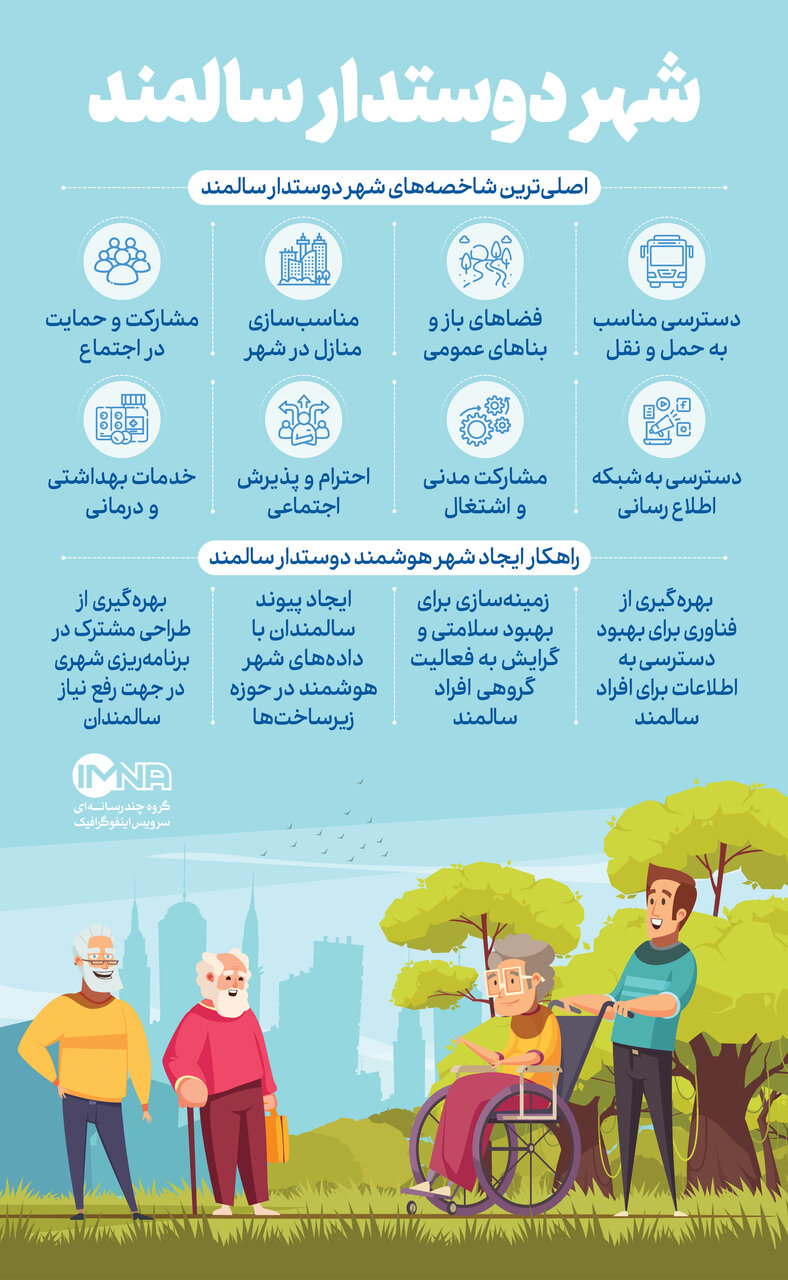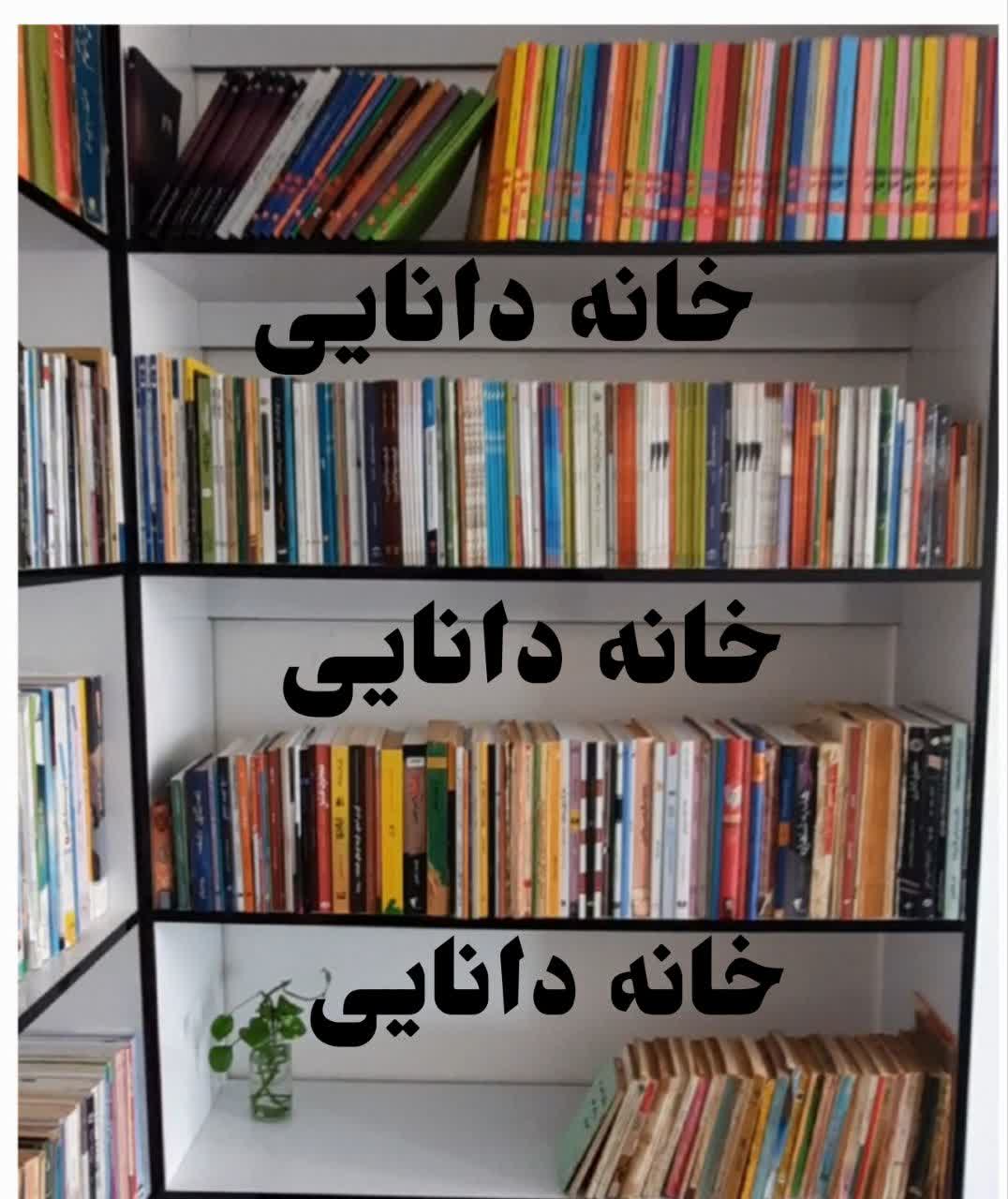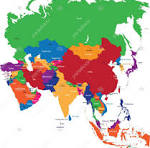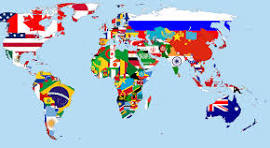
evaluating sustainable neighborhood development for the elderly
05 تیر 1403
زمان مطالعه
The growing population of the elderly across the world is undeniable. Public spaces in urban neighborhoods could facilitate social interactions and citizenship and they play a key role in performing various activities by citizens, especially vulnerable social classes, such as the elderly. Creating an outside environment that is accessible to all age groups and individuals with variable potentials is considered challenging, yet imperative. As such, the assessment of the status and recognition of the neglected needs of the elderly in the physical and social dimensions in urban neighborhoods in the viewpoint of these individuals is of paramount importance, which was the main objective of the current research. The results obtained by the questionnaires in the present study could provide insight for the effective decision-making of urban managers to improve the quality of the services provided to citizens, especially the vulnerable elderly, by considering their priorities and needs.
District 8 of Tehran is located in the eastern part of this city. According to the results of the field surveys, the elderly residents of the studied area believed that the indicators of the physical dimension in the district were partly tailored to their needs (2.6> 2.5); however, these indicators were below the standard level (≥4 or 5). As for the social dimensions, the indicators were below the standard level proposed in the current research (2.4<2.5), and the respondents believed that no attention was paid to their social status in their neighborhoods. The mean scores of these indicators were below than standard level, suggesting that both the physical and social dimensions should reach the maximum score of 4 or 5 in order to achieve the standard status. Failure to comply with the appropriate standards for the elderly causes these individuals to have a sense of disability and inefficiency. Although the observance of these standards may be time-consuming in every city, standardized spaces must be provided for these individuals, so that they could be properly involved in the community. The elderly could properly use a space when they are assured that the space responds to their needs. Ensuring the safety and security of the elderly in the environment increases their sense of trust and independence, as well as their involvement in these spaces.
To sum up, a sustainable city or neighborhood is where the organization and refurbishment of all services are tailored to the needs of the elderly, while providing sustainable neighborhoods and cities for future elderly generations. Evidently, urban planning should address the needs and abilities of all social classes. In fact, social justice is the core of urban planning, and an elderly-friendly city favors other populations, such as children and families. Finally, the ultimate goal of sustainable neighborhood development is to link social and physical capitals. In other words, social processes are used to improve identity and physical structure, while creating capacity for future development. A key element of neighborhood development is planning with the people, rather than planning for the people.
📢 تبلیغات حرفهای برای کسبوکار شما! 🏢
با خانه دانایی کسبوکار خود را به هزاران مشتری جدید معرفی کنید! 🌟
✅ تبلیغات هدفمند
✅ دسترسی به مخاطبان گسترده
✅ افزایش فروش و شناخت برند
📌 فرصت را از دست ندهید!
برای اطلاعات بیشتر و ثبت تبلیغات، همین امروز اقدام کنید! 🚀
🌐 لینک خرید اشتراک : [https://city-village.ir/p/22522]
#تبلیغات_مشاغل #کسب_و_کار #خانه_دانایی #تبلیغات_آنلاین #افزایش_فروش #برندسازی
............................................................................
📢📚 خانه دانایی، همراه مطمئن پژوهشهای شما!
🔍 دغدغه نوشتن پایاننامه، مقاله، ترجمه و تحقیقات علمی را دارید؟ ما اینجاییم تا با تیمی حرفهای و متخصص، مسیر پژوهشی شما را هموار کنیم!
✅ نگارش، ویرایش و تدوین مقالات علمی
✅ مشاوره و همراهی در نگارش پایاننامه و پروپوزال
✅ ترجمه تخصصی مقالات و متون علمی
✅ تحلیل دادههای پژوهشی و نرمافزارهای آماری
🎯 با خیال راحت به تحقیق و پژوهش بپردازید، ما کارهای سخت را برای شما انجام میدهیم!
📩 برای مشاوره رایگان، همین حالا پیام دهید!
📞 تماس با ما: [09033459315]
از کاندیداتوری تا پیروزی؛ راهنمای عملی موفقیت در انتخابات!
اگر میخواهید در انتخابات شورای اسلامی شهر یا مجلس شورای اسلامی حضور موفقی داشته باشید، "از کاندیداتوری تا پیروزی" کتابی است که به آن نیاز دارید!
این کتاب یک نقشه راه کامل از لحظه تصمیمگیری برای نامزدی تا رسیدن به پیروزی است. با مطالعه آن، یاد میگیرید:
✅ چگونه جامعه را بشناسید و نیازهای مردم را درک کنید.
✅ چطور برنامههای کاربردی و اجرایی برای شهر یا کشور تدوین کنید.
✅ چگونه یک کمپین انتخاباتی قوی با تبلیغات مؤثر، شبکهسازی اجتماعی و جلب حمایت نخبگان راهاندازی کنید.
✅ چرا رقابت سالم و اخلاقمدارانه میتواند شانس پیروزی شما را افزایش دهد.
فرصت را از دست ندهید! این کتاب نهتنها برای کاندیداها، بلکه برای مشاوران انتخاباتی، تیمهای تبلیغاتی و تمام علاقهمندان به فرآیند انتخابات یک منبع ارزشمند است.
همین حالا می توانید از طریق لینک زیر تهیه کنید و مسیر موفقیت را هموار سازید!👇👇👇
https://city-village.ir/p/25403
🔻 #خانه_دانایی #پایان_نامه #مقاله_علمی #تحقیق_دانشجویی #ترجمه_تخصصی #مشاوره_پژوهشی





